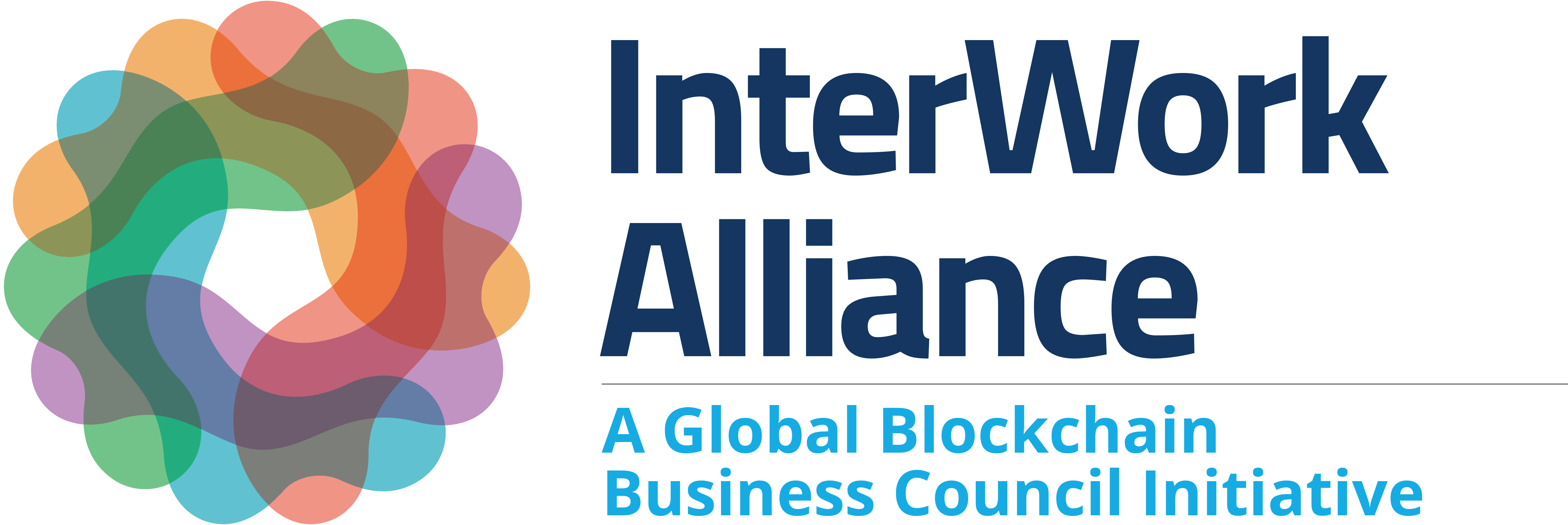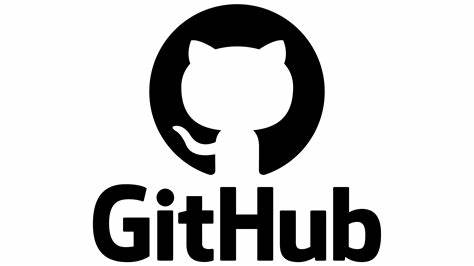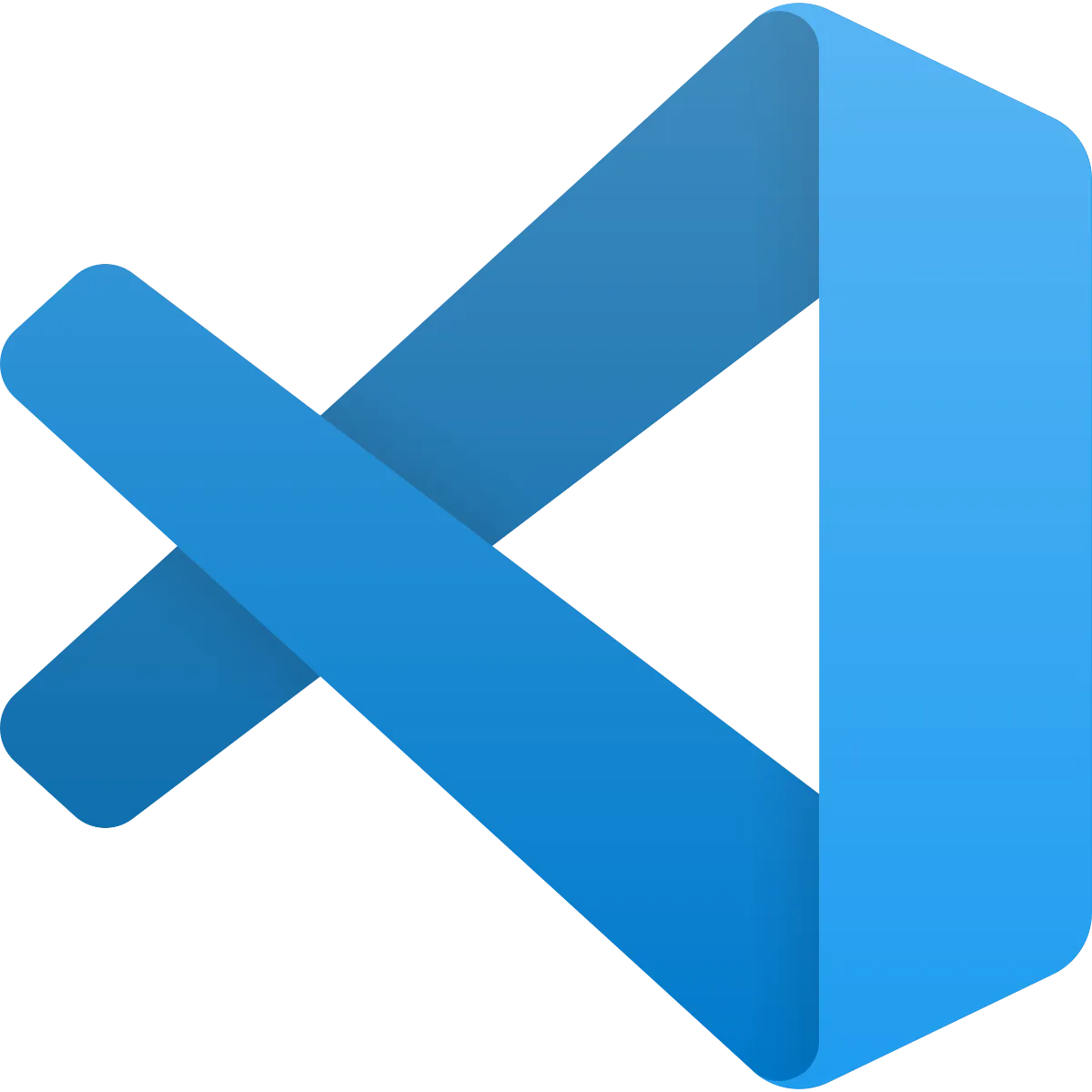Token Taxonomy Framework (TTF)

The Token Taxonomy Framework (TTF) provides a common language to define tokenization use cases and is implemented today in products and services utilizing tokenization.
Interested in Learning More About TTF?
What is the token taxonomy framework (TTF)?
The Token Taxonomy Framework is an open-source resource library designed to bridge the gap between developers, businesses, and regulators by simplifying a common language to describe tokenization attributes, behaviors, and data properties. This common language enables technical and non-technical stakeholders to collaborate in modelling existing and future business models based on tokens.
how to use ttf
Build your own token using TTF
- Input your specifications, such as token type (fungible, non-fungible, etc.)
- Outline behaviors needed (divisible, transferable, mintable, etc.)
3. Outline data attributes the token needs to hold or link to (emissions data, shipping manifest, etc.)4. TTF then delivers a blueprint of meta data for a developer to build the token
Education
Another strength of the TTF and its tooling is that it is a great resource to use when teaching about tokenization. For non-technical individuals, it is often easier to understand how a token is structured and what it is capable of doing by seeing a visual representation.
Additionally, having a common language framework for discussing tokens makes it easier to bridge the gap between the more technical and the more business-minded individuals.
Start Building With TTF



